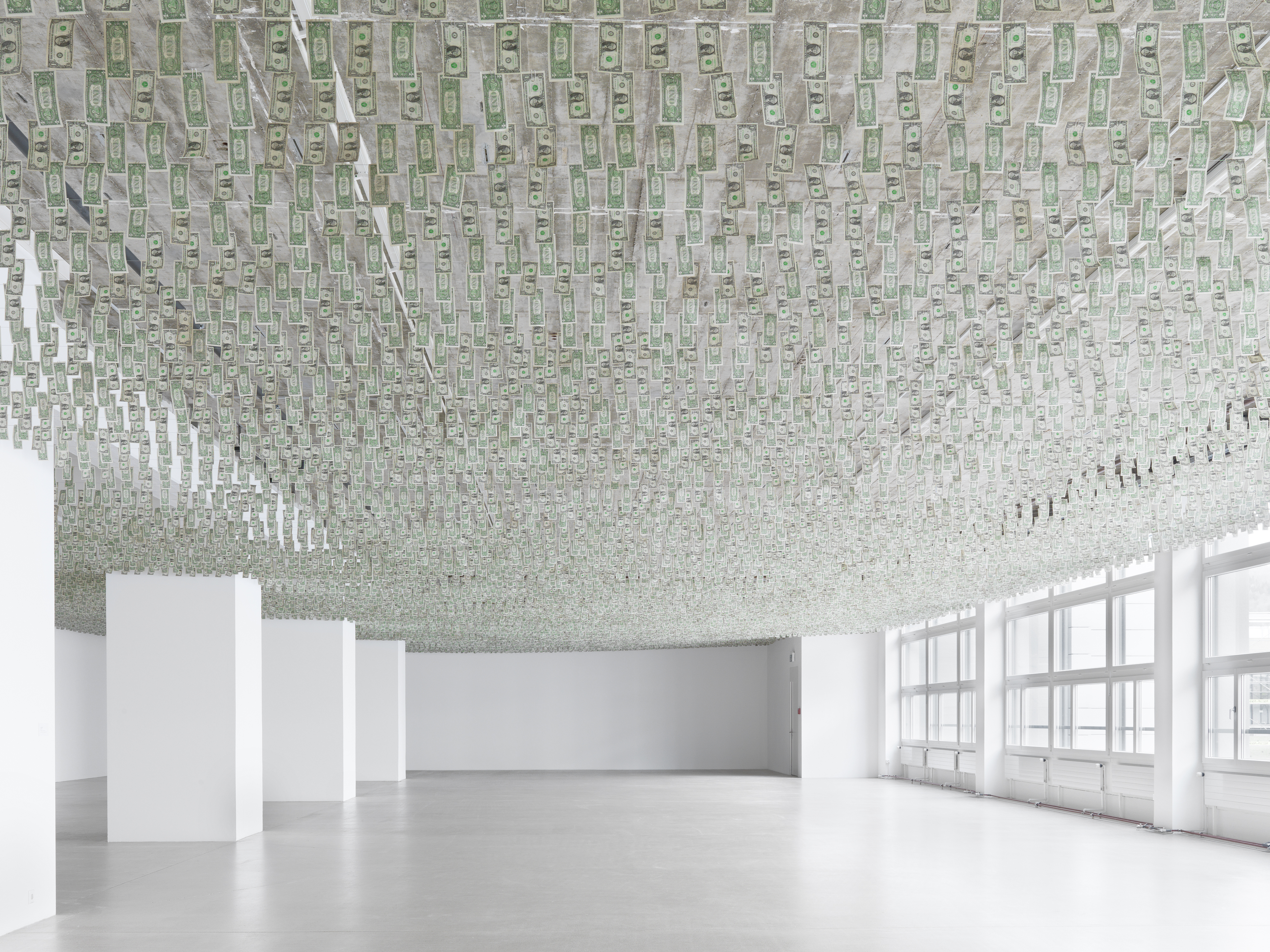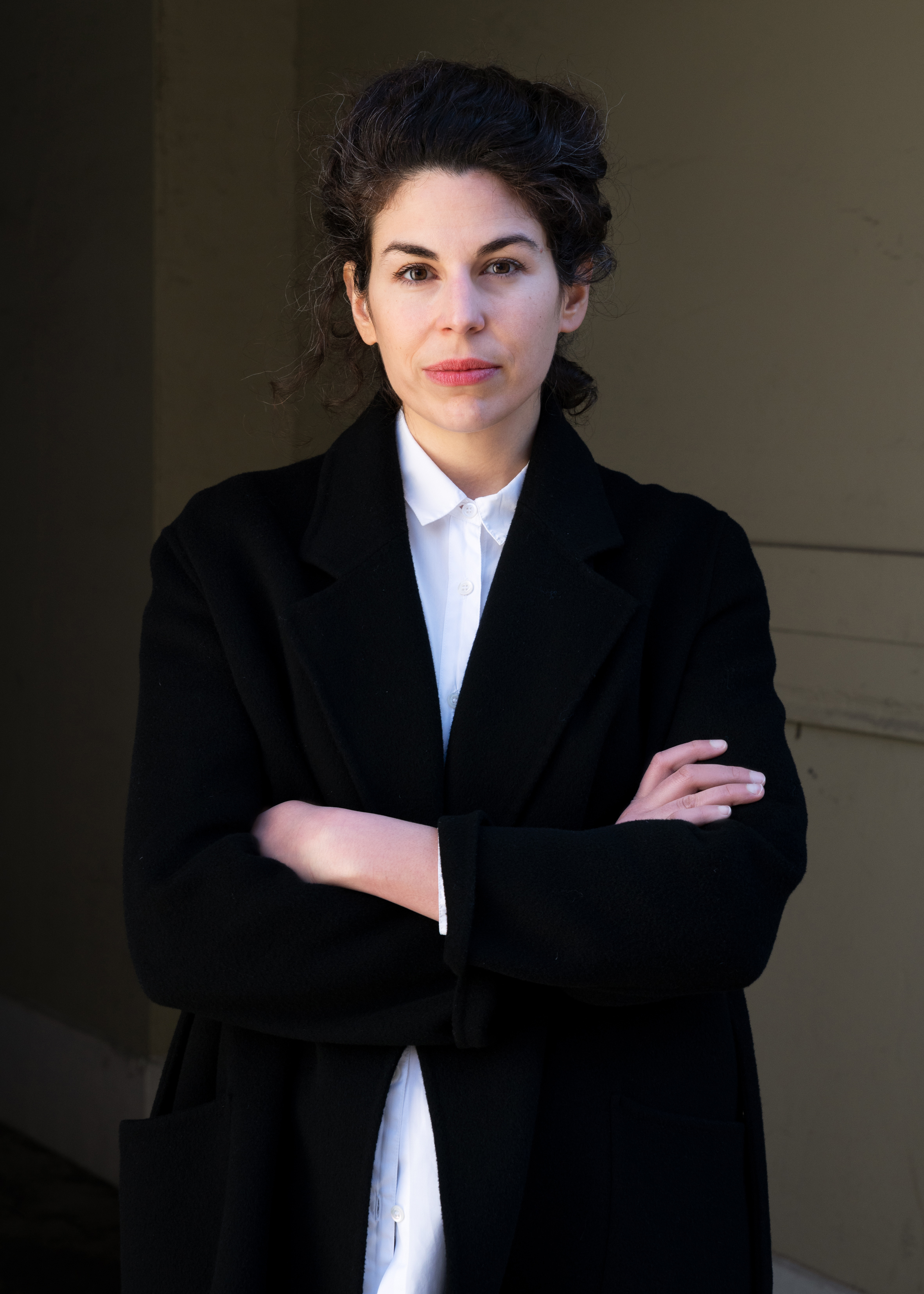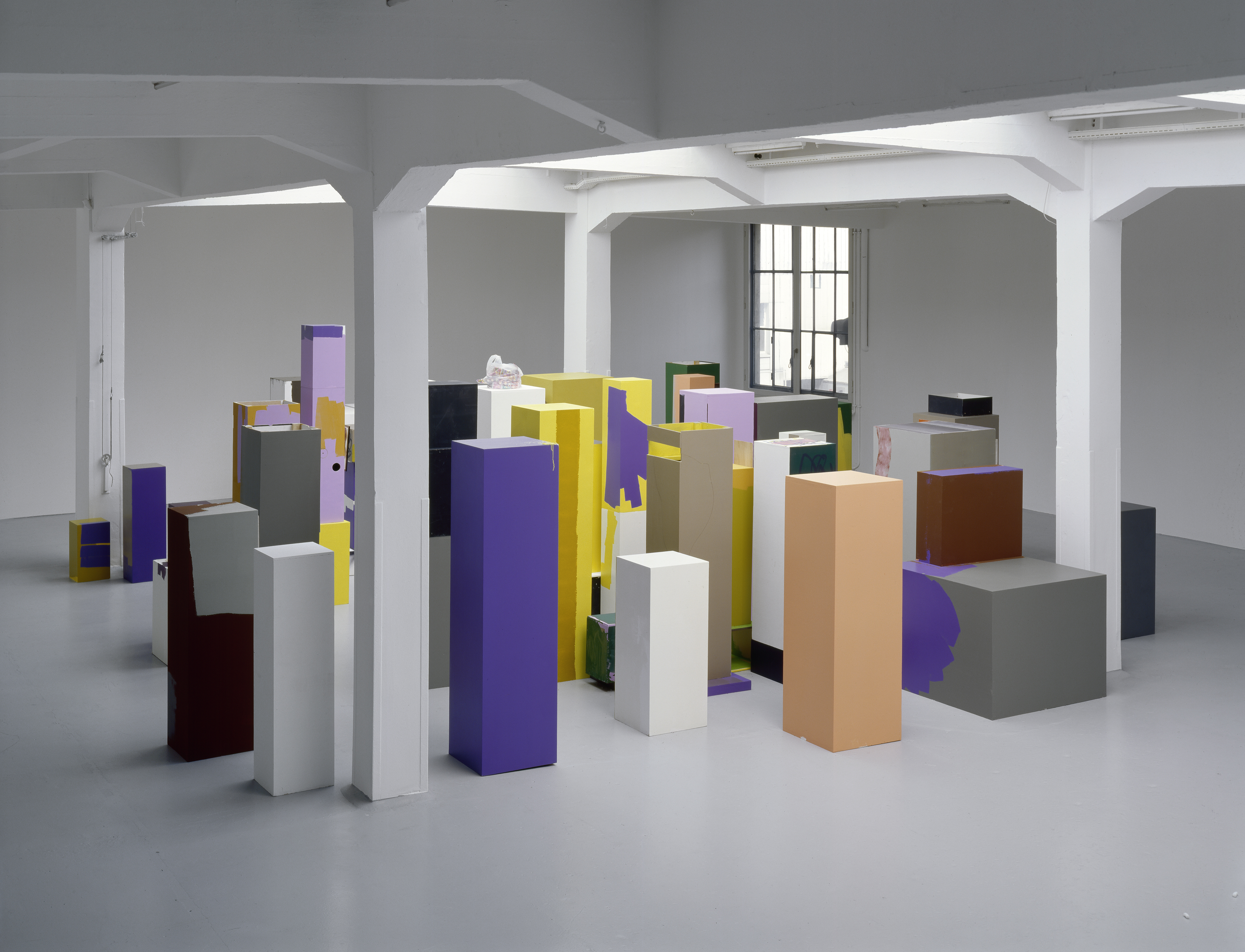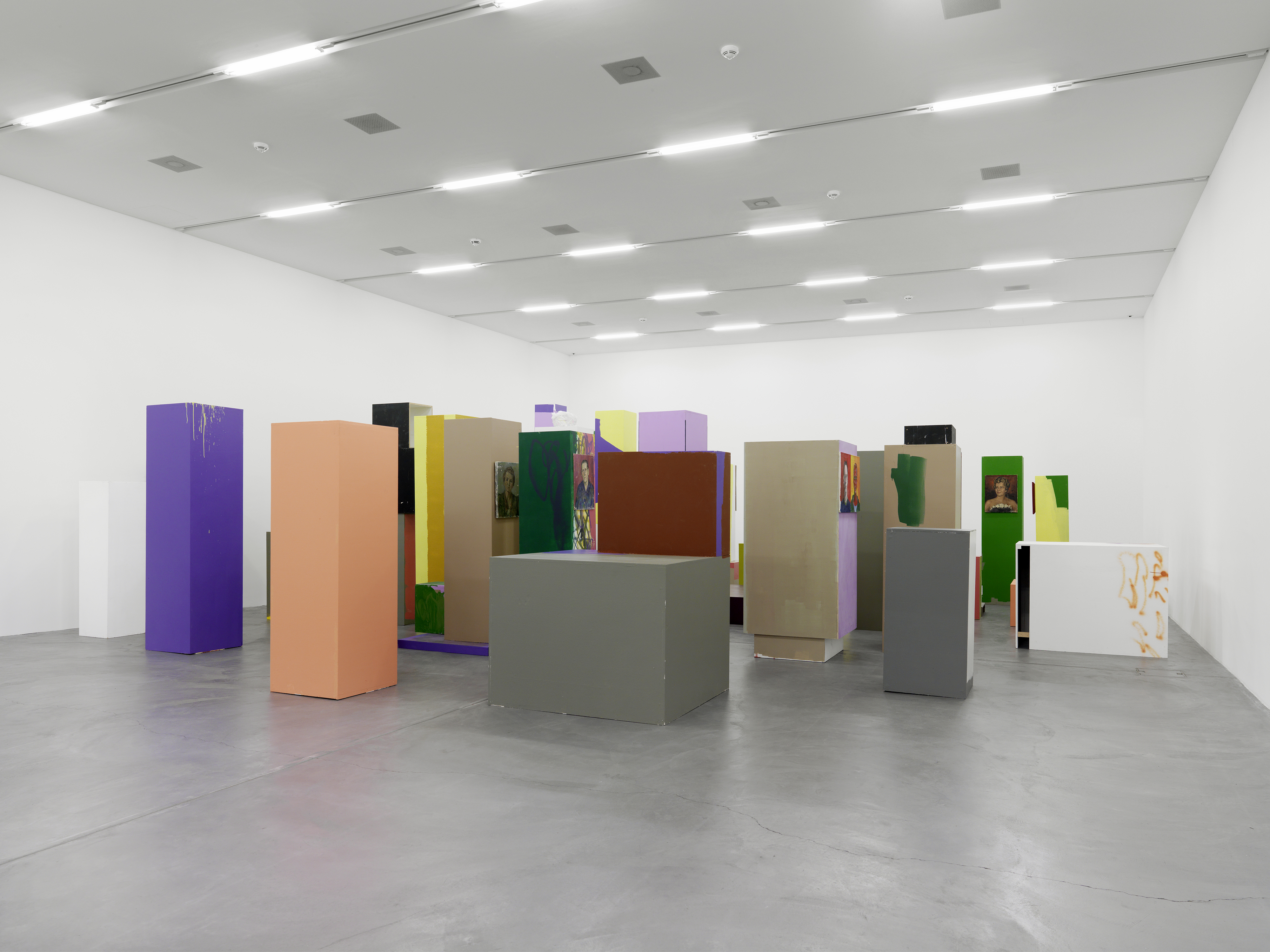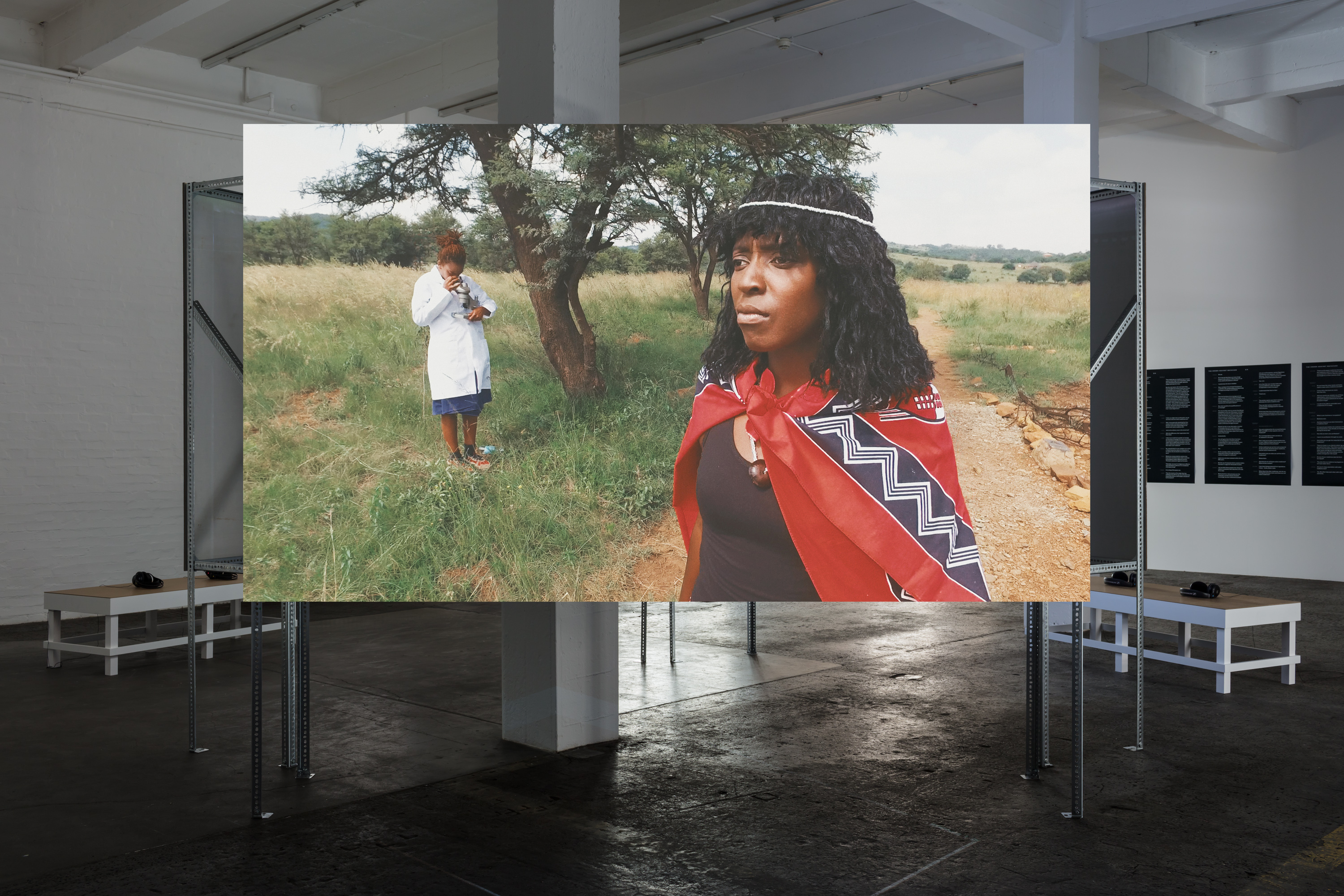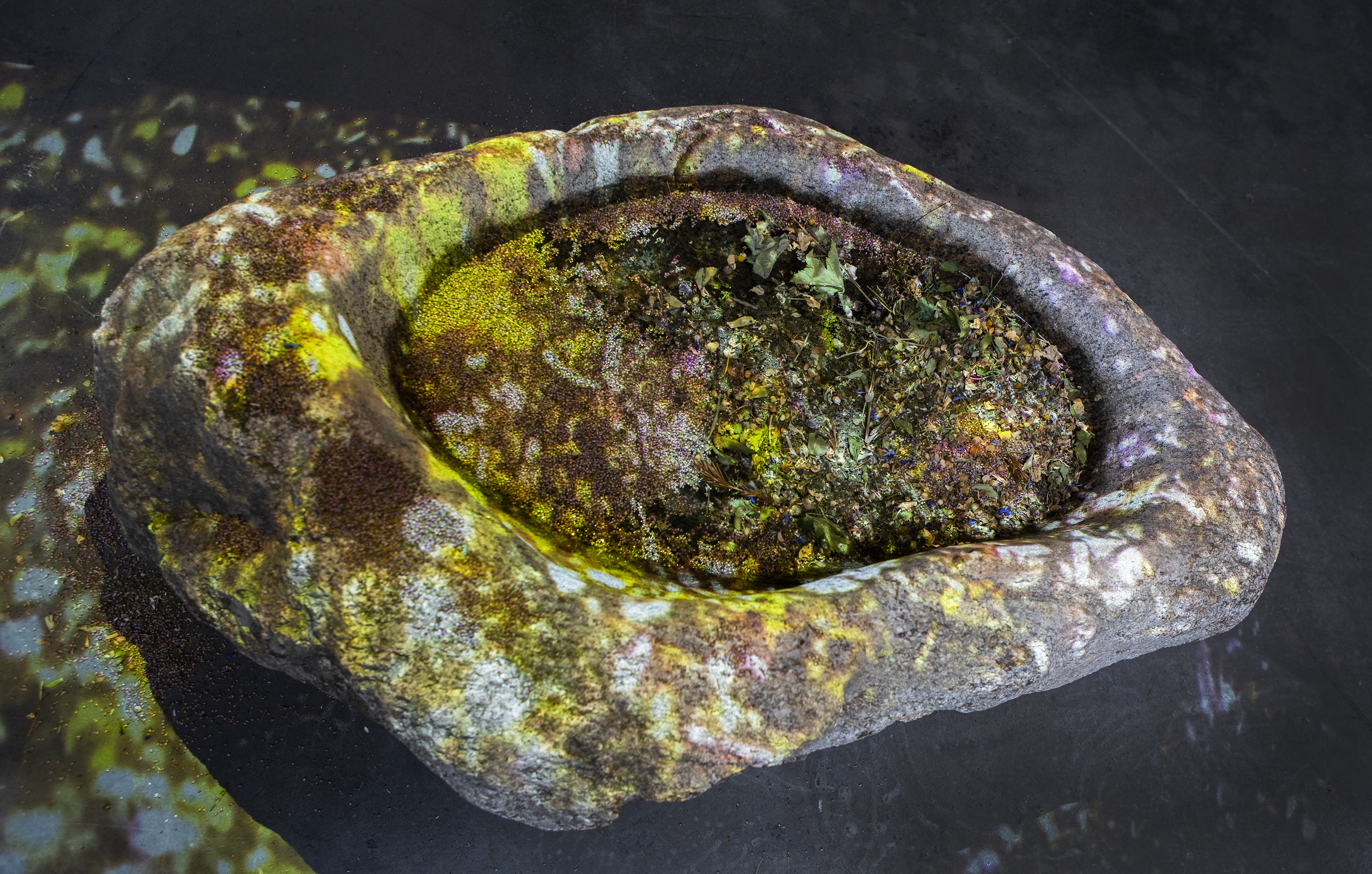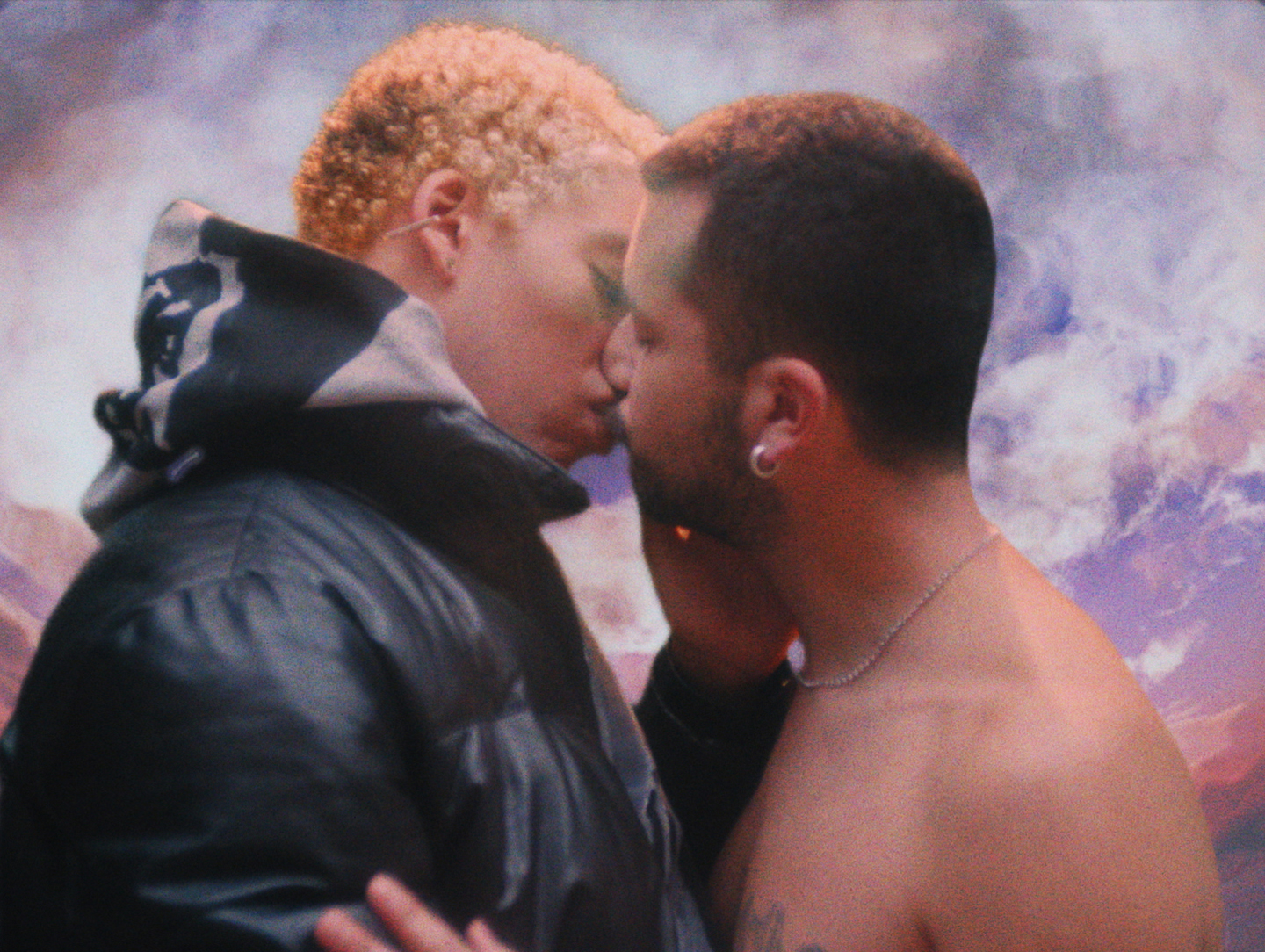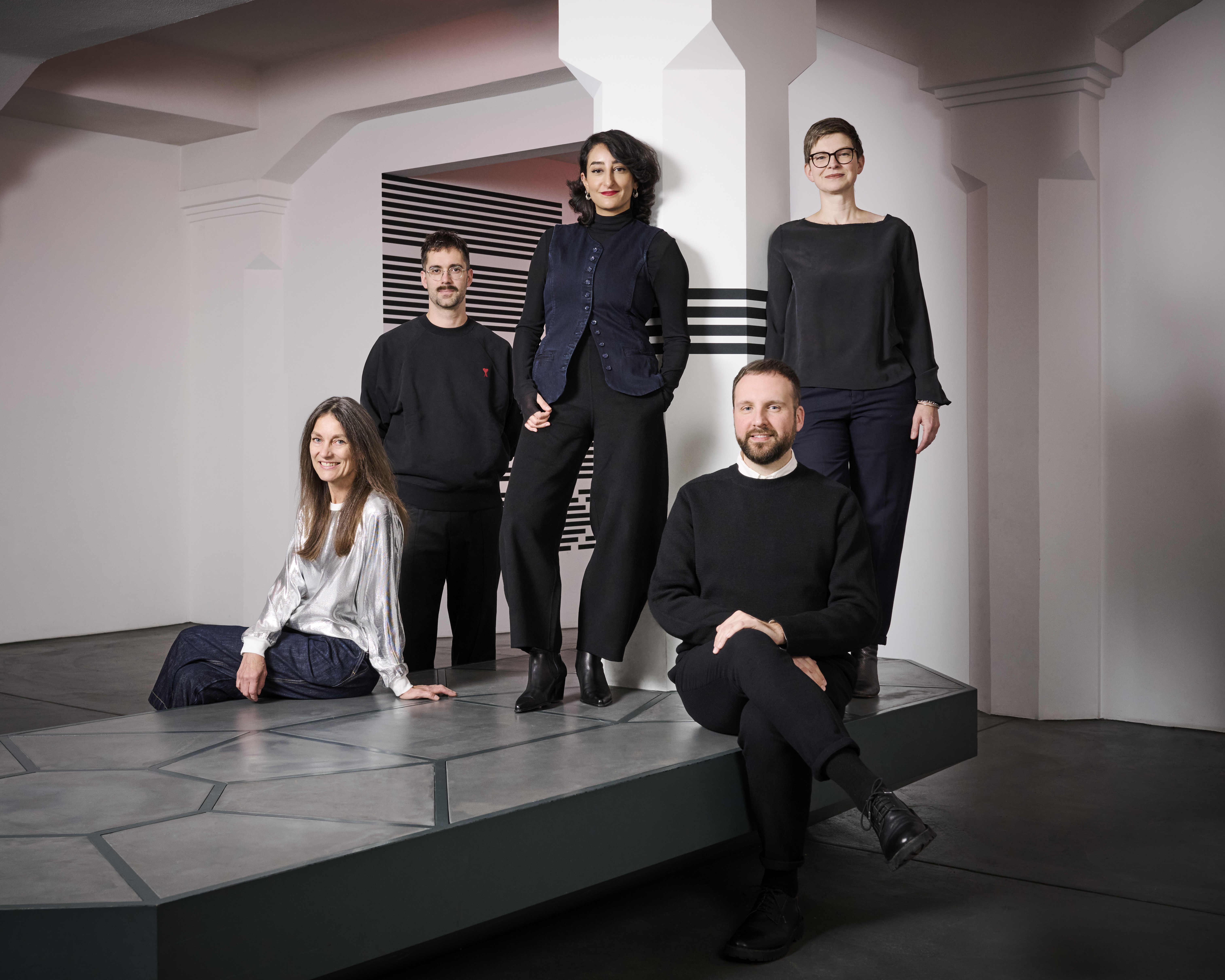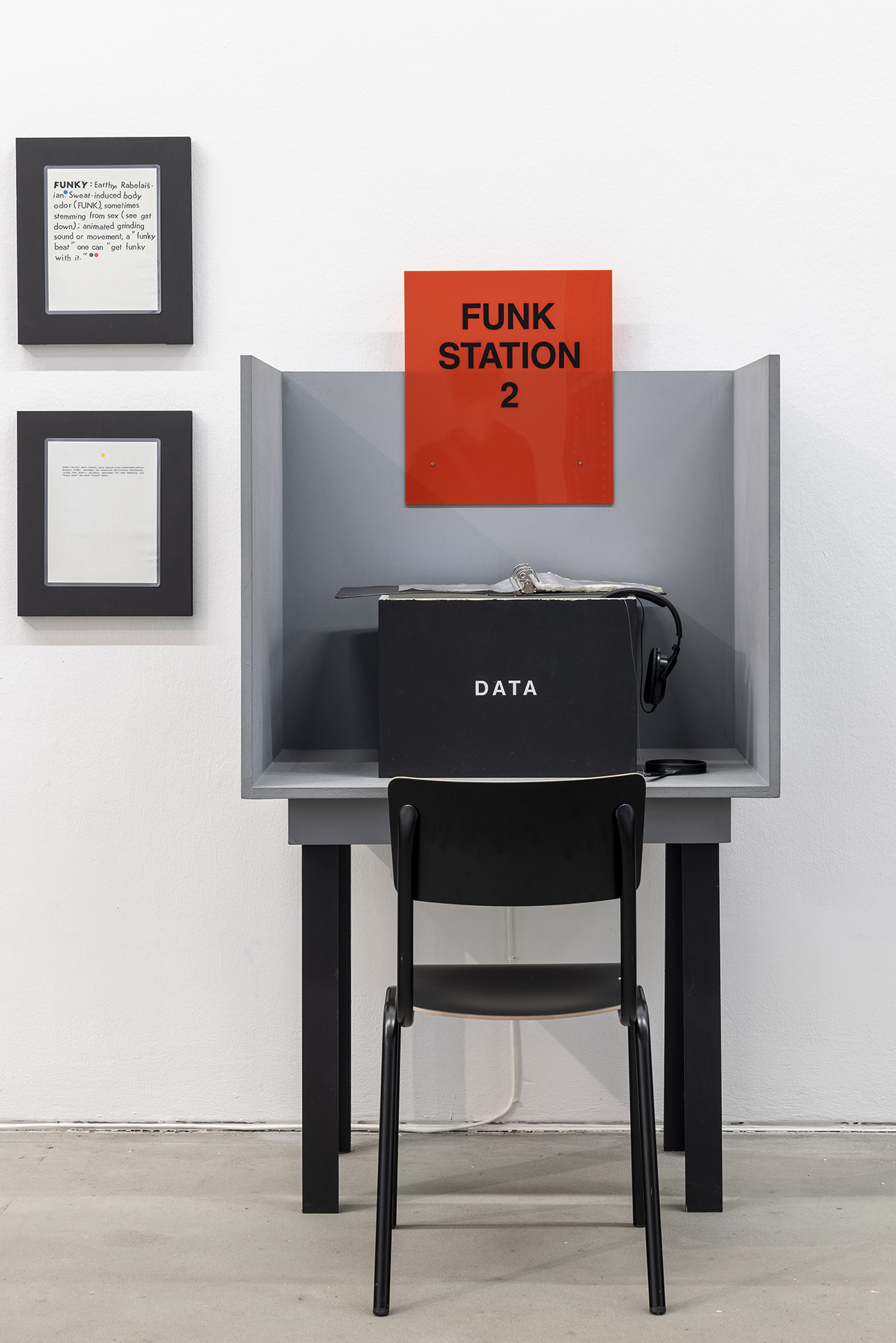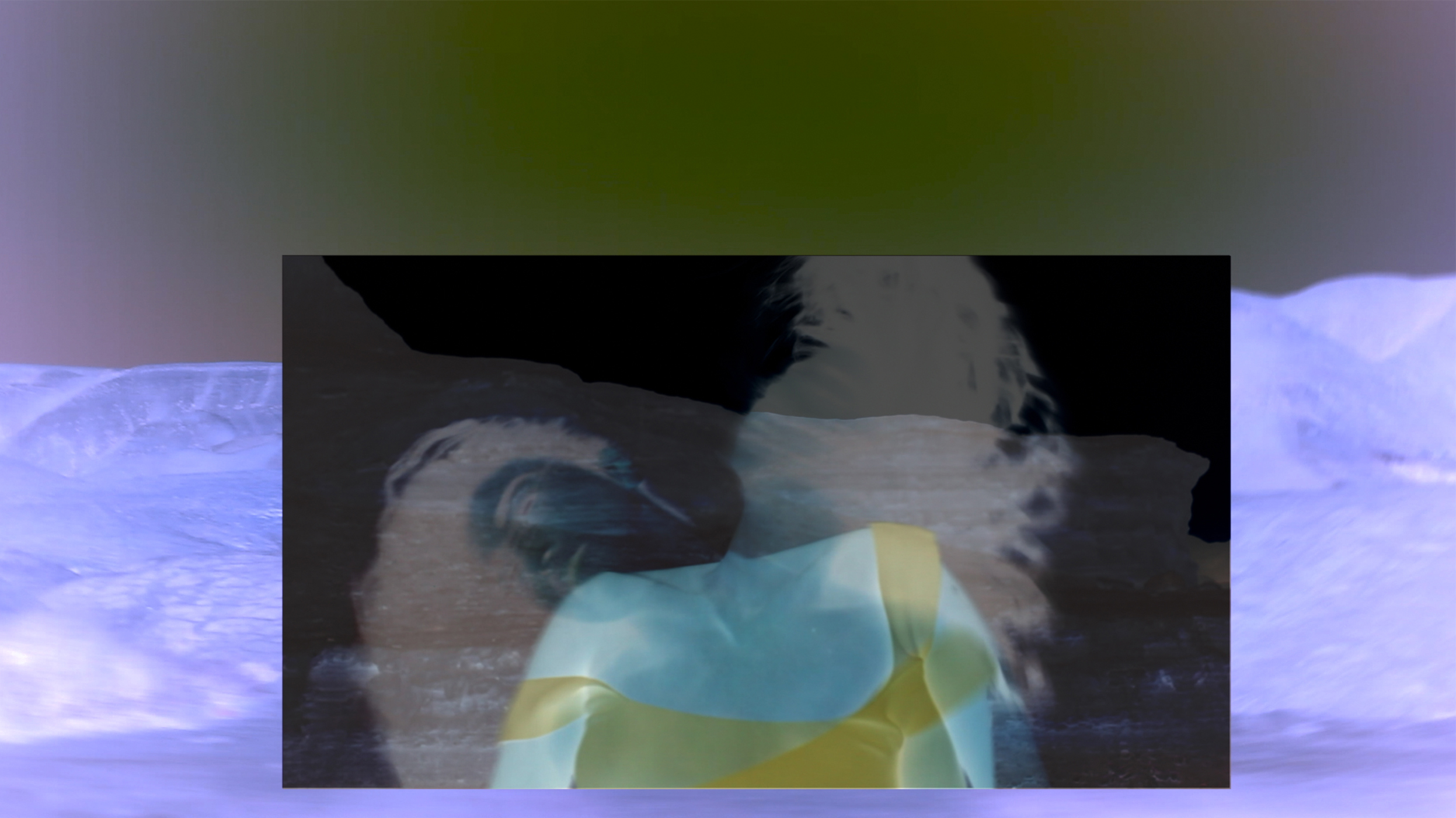Geoffrey Farmer
Let’s Make the Water Turn Black
May 23–August 18, 2013
Opening: May 22, 2013, 6–8pm
Production on Display: May 7–21, 2013
Migros Museum für Gegenwartskunst
Limmatstrasse 270
CH-8005 Zürich
Switzerland
Hours: Tuesday–Friday 11am–6pm; Thursday
11am–8pm; Saturday–Sunday 10am–5pm
The artistic practice of Geoffrey Farmer (b. 1967, Vancouver; lives and works in Vancouver) integrates forms of collecting and scholarship employed by cultural historians, and draws on a diverse repertoire. After extensive research, the artist builds collections that unite aspects of visual art, literature, music, politics, history, and sociology, and crystallize in sprawling theatrical installations. Echoing a 1968 composition by Frank Zappa, from which it also borrows the title, Farmer’s Let’s Make the Water Turn Black—produced especially for the Migros Museum of Contemporary Art—presents an improvised chronology of the American musician. Choreographed sculptures on a stage coalesce into a multifaceted and atmospheric work that unfolds over the course of the day.
Between 7 and 21 May, in the context of Production on Display, the Migros Museum of Contemporary Art is allowing visitors to have a glimpse of a work in production. During the opening hours the public is invited to observe the run-throughs and rehearsals to learn more about the content and technical aspects of the emerging installation.
Farmer’s first Swiss solo exhibition at the Migros Museum of Contemporary Art presents the sculpture-play Let’s Make the Water Turn Black, which is based on the chronology of the American musician and composer Frank Zappa; the title quotes a piece written by Zappa in 1968. The mechanical performance—an ensemble of computer-controlled sculptures installed on a low platform—interprets and revisits selected scenes from Zappa’s chronology in a sequence coordinated with the time of day and the museum’s opening hours. The work journeys Zappa’s life over the course of a day, reaching its conclusion, his death, with the closing of the museum each day. The individual kinetic objects that make up the installation simultaneously function as acoustic modules in the overall composition; sound recordings represent individual periods and events in Zappa’s life. Farmer approaches the biography of his subject with a technique that echoes William S. Burroughs’s method of the cut-up as well as Zappa’s own principles of avant-garde composition, of mixing and layering diverse acoustic levels and arranging sonic spectra in kaleidoscope-like ensembles—and shares these artists’ delight in frequent disruptions.
For the sculpture, the artist draws on the influences of Musique concrète on Zappa’s work and has created a sound library that functions chronologically over the course of the day. Composed of selected clips, field recordings and archival material, it contributes to the atmosphere of a quasi-theatrical performative moment: an assemblage of “objets trouvés” on a low stage enacts a mechanically propelled choreography while also performing, as though it formed a single instrumental body, an hours-long cyclical sound installation. However disconcertingly spectral, automaton-like, and atmospheric this sculptural performance may seem in its invocation of Frank Zappa’s spirit, it rigorously hews to Farmer’s meticulously structured storyline.
Curated by Heike Munder, Director Migros Museum für Gegenwartskunst
The exhibition has been co-produced by the Migros Museum für Gegenwartskunst, Nottingham Contemporary and Pérez Art Museum Miami.
